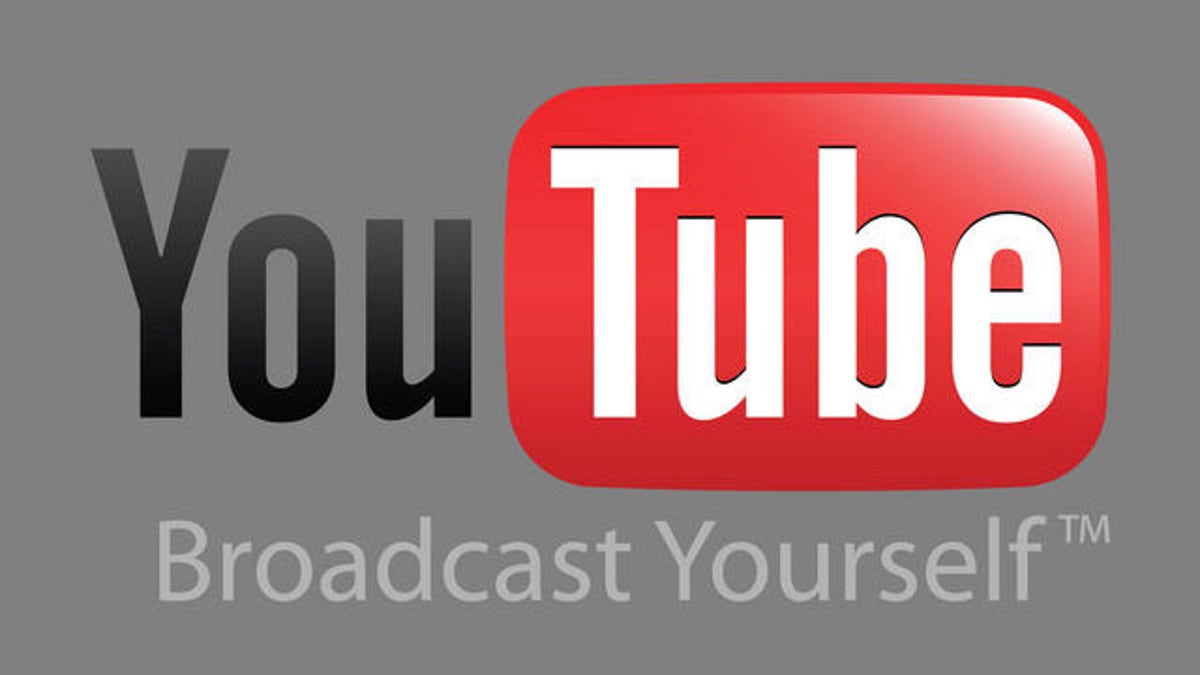
(AP)
A study published in the Journal of the Academy of Pediatrics finds that YouTube.com includes thousands of videos of “self-harm,” in which people cause themselves injuries—often by cutting themselves with razor blades or knives. The graphic and disturbing images are concerning to the researchers who published the study because they worry others could be coaxed to imitate the behavior.
Those who injure themselves often describe a sense of relief that follows cutting or burning their skin (or, sadly, deeper tissues). This may be because they live with chronic and very disturbing feelings of emptiness and numbness (a sense of not being alive) that are relieved by seeing blood or feeling physical pain. It may be because they take some comfort from creating a physical representation of their invisible, emotional pain, sometimes from “unspeakable” trauma. Or it may be that cutting or burning releases brain chemicals called endorphins that trigger feelings of euphoria.
The truth is, we know very little about self-abuse, partly because it is so cloaked in stigma that understanding it seems to take a back seat to condemning it.
Whatever the reasons that people injure themselves, the behavior can become addictive and very dangerous, just like any quick-fix to avoid suffering. Many people feel compelled to cut again and again and can severely scar themselves.
No amount of cutting will ever get down to the true, underlying sources of a person’s distress.
As a psychiatrist who has treated a few hundred patients who cut themselves or burned themselves repeatedly, however, I don’t think the YouTube videos are likely to spark any epidemic of self-injury. If anything, I think the videos are more likely to encourage the many, many people who believe their self-mutilating behavior is too shameful to admit to finally talk about it and to, hopefully, get help.
It may even be the case that some people can avoid cutting themselves by watching other people doing it. Maybe that would be enough to relieve their sense of detachment and numbness. We just don’t know. We haven’t studied that, either. We’re too focused on shutting down or burying the behavior, almost reproducing the flight from facts and feelings of the folks who engage in it.
The most toxic video in our society is that which pretends to reproduce real life, but offers a sterilized, dispiriting, fictionalized version of it—like most of the happy-go-lucky, high drama, staged “reality shows” on TV. Those are the videos that encourage people to live surface lives, divorced from any real emotion, at a distance from anything that can ground them, or allow them to empathize with others, or give their lives meaning.
If I had to bet whether videos of real self-injury or video of fake life masquerading as real life a la Keeping Up with the Kardashians is more toxic, I’d put my money on the Kardashians, every time.
Dr. Keith Ablow is a psychiatrist and member of the Fox News Medical A-Team. He is a New York Times best-selling author, and co-author, with Glenn Beck, of the book "The 7: Seven Wonders That Will Change Your Life". Dr. Ablow can be reached at info@keithablow.com.
